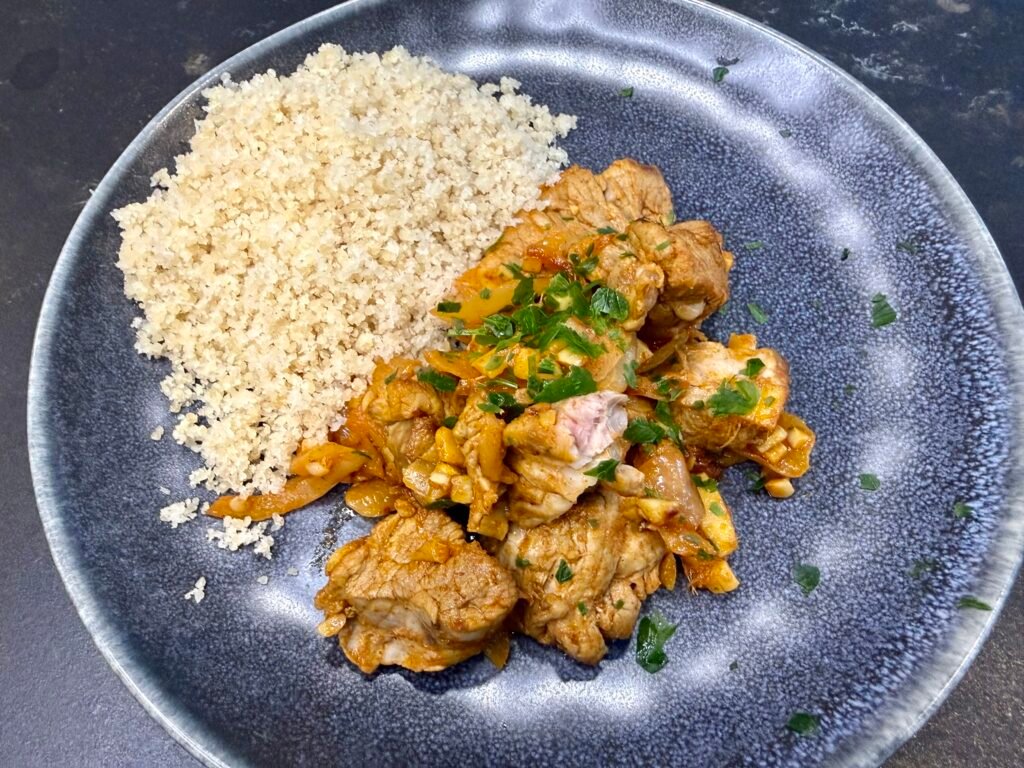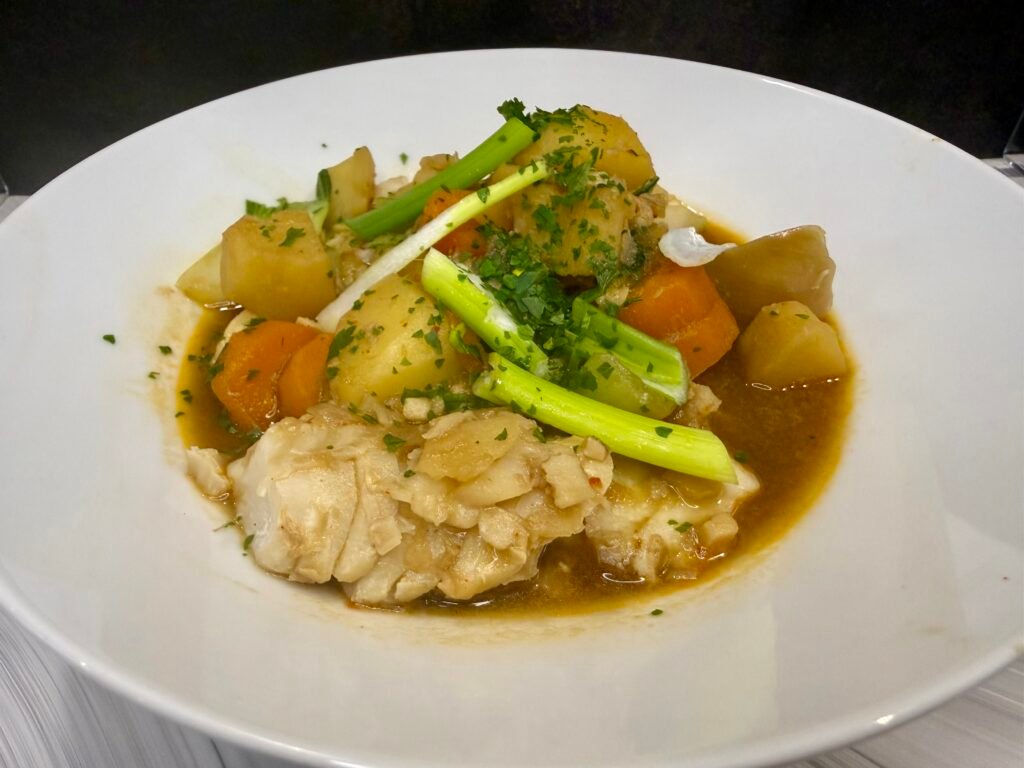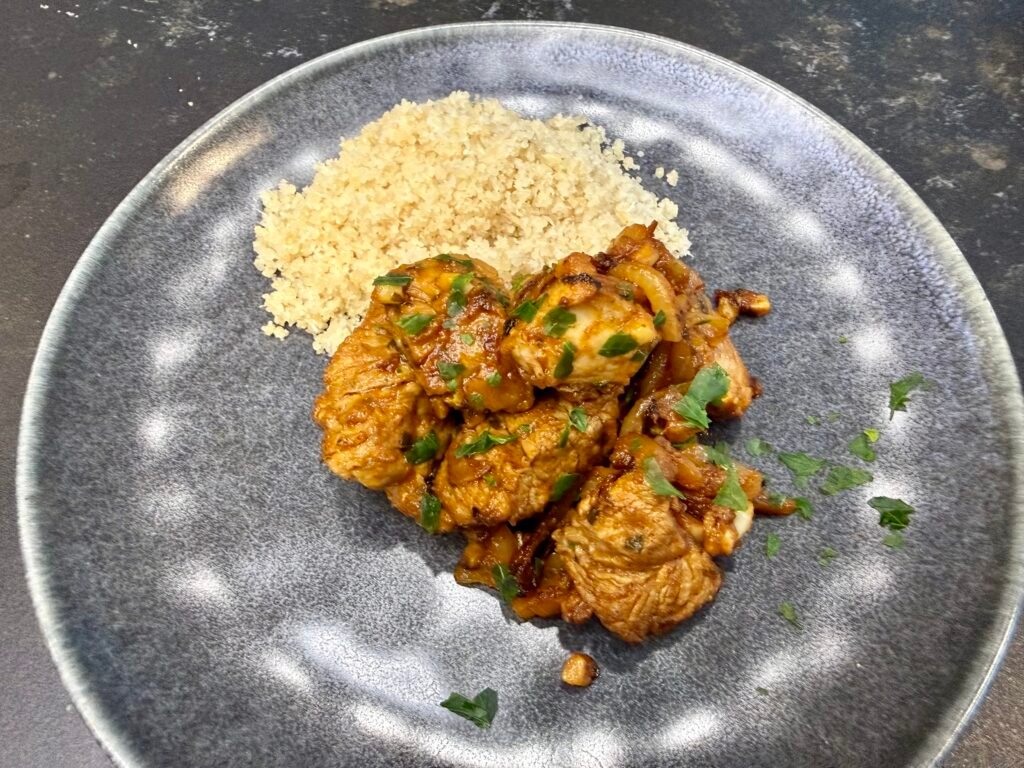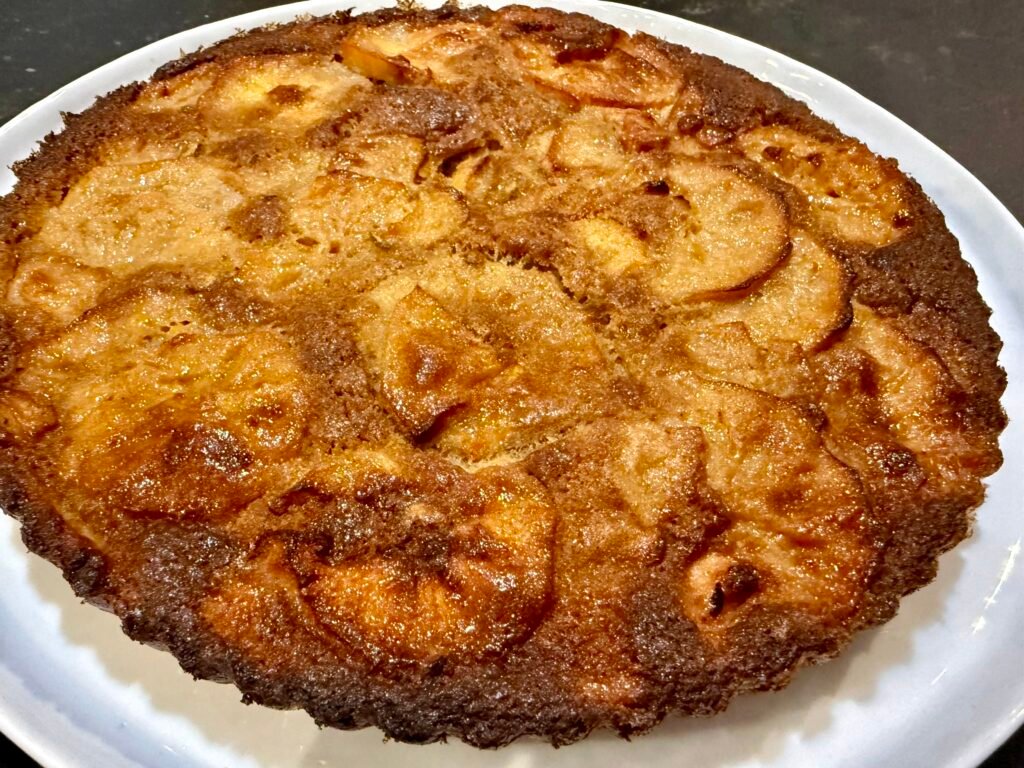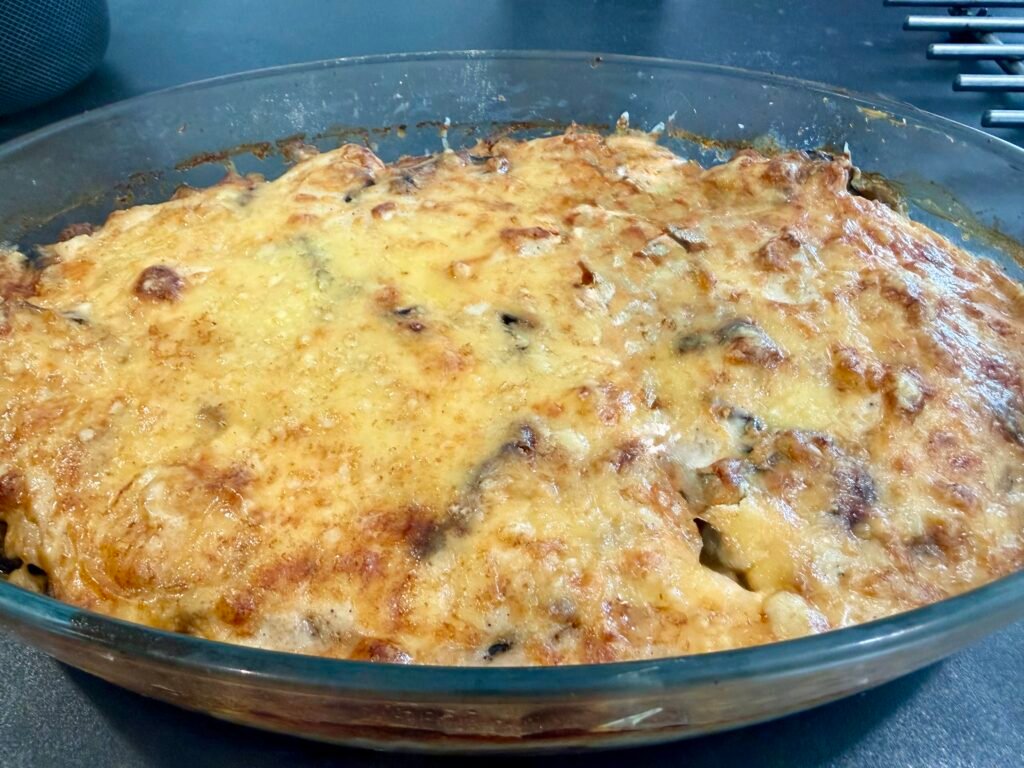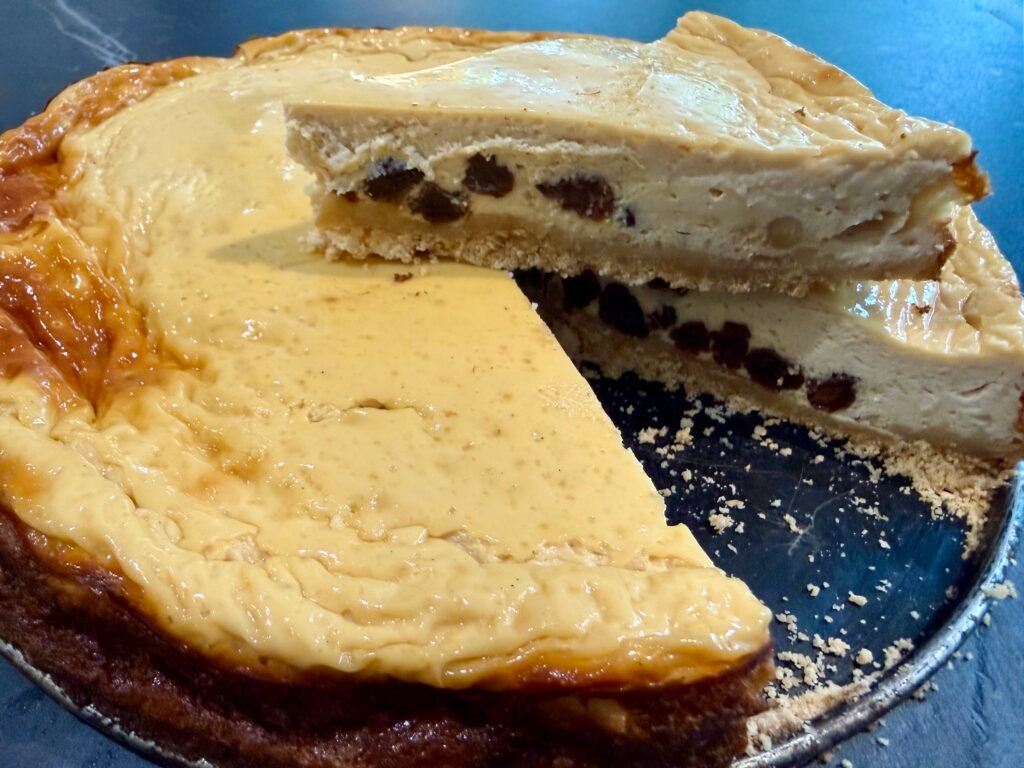Malta, an archipelago located in the heart of the Mediterranean Sea, is a historic crossroads of civilizations. Its strategic position has attracted Phoenicians, Romans, Arabs, Normans and of course, the Knights of the Order of Malta. In 1964, Malta gained its independence after centuries of colonial rule, particularly British. Today, the country is a member of the European Union and attracts visitors with its rich history, its medieval fortresses and its megalithic temples. Maltese culture is a unique blend of Mediterranean and European influences, and local festivals like Carnival or Festa reflect this living cultural heritage.
Malta is a destination that combines millennia-old history, Mediterranean landscapes and vibrant culture, offering an authentic experience to its visitors.
Traditional Gastronomy and Gluten Free Options
Maltese cuisine is a reflection of its Mediterranean, Italian, Arabic and English influences. Traditional dishes are often simple but tasty, featuring local ingredients like fish, vegetables and herbs. Fortunately for travelers following a gluten-free diet, many Maltese dishes are naturally gluten-free or can be adapted easily.
Here are some naturally gluten-free Maltese dishes:
- Fenkata : A rabbit stew, the national dish of Malta, often prepared with tomatoes, onions and herbs. It is naturally gluten-free.
- Lampuki : This Mediterranean fish, often grilled or baked, is served with fresh vegetables. A naturally gluten-free dish.
- Aljotta : A fish soup made with tomatoes, garlic and parsley, often served with rice, a great gluten-free option.
- Kapunata : A dish similar to ratatouille, made with eggplant, tomatoes, peppers and onions, naturally gluten-free and perfect as an accompaniment.
These dishes offer a taste of the authentic flavors of Malta while respecting gluten-free dietary needs.
The Must-See Things to Visit in Malta
Malta is full of historic sites, picturesque landscapes and charming towns. Here are some must-see places to visit during your stay:
- Valletta : Malta's UNESCO-listed capital is a walled city with baroque palaces, historic churches and stunning harbor views.
- Mdina : Nicknamed “the Silent City”, Mdina is a medieval hilltop town known for its cobbled streets and peaceful atmosphere.
- The Ġgantija Temples : Located on the island of Gozo, these megalithic temples are among the oldest human structures in the world, dating back over 5,500 years.
- The Blue Grotto and Comino : These sea caves and turquoise waters are perfect for diving enthusiasts or simply to admire the natural beauty of Malta.
These iconic sites illustrate the historical and natural richness of Malta, a destination that appeals to both culture and nature lovers.


